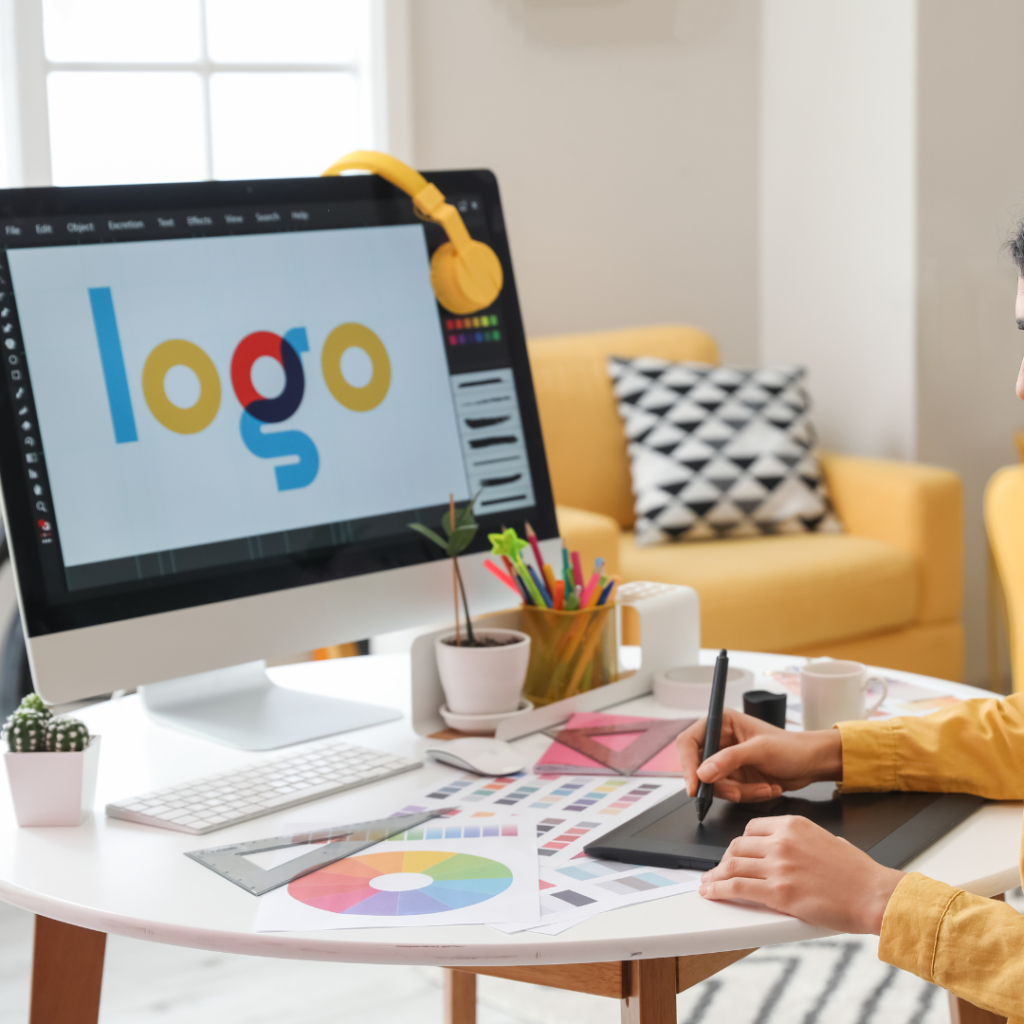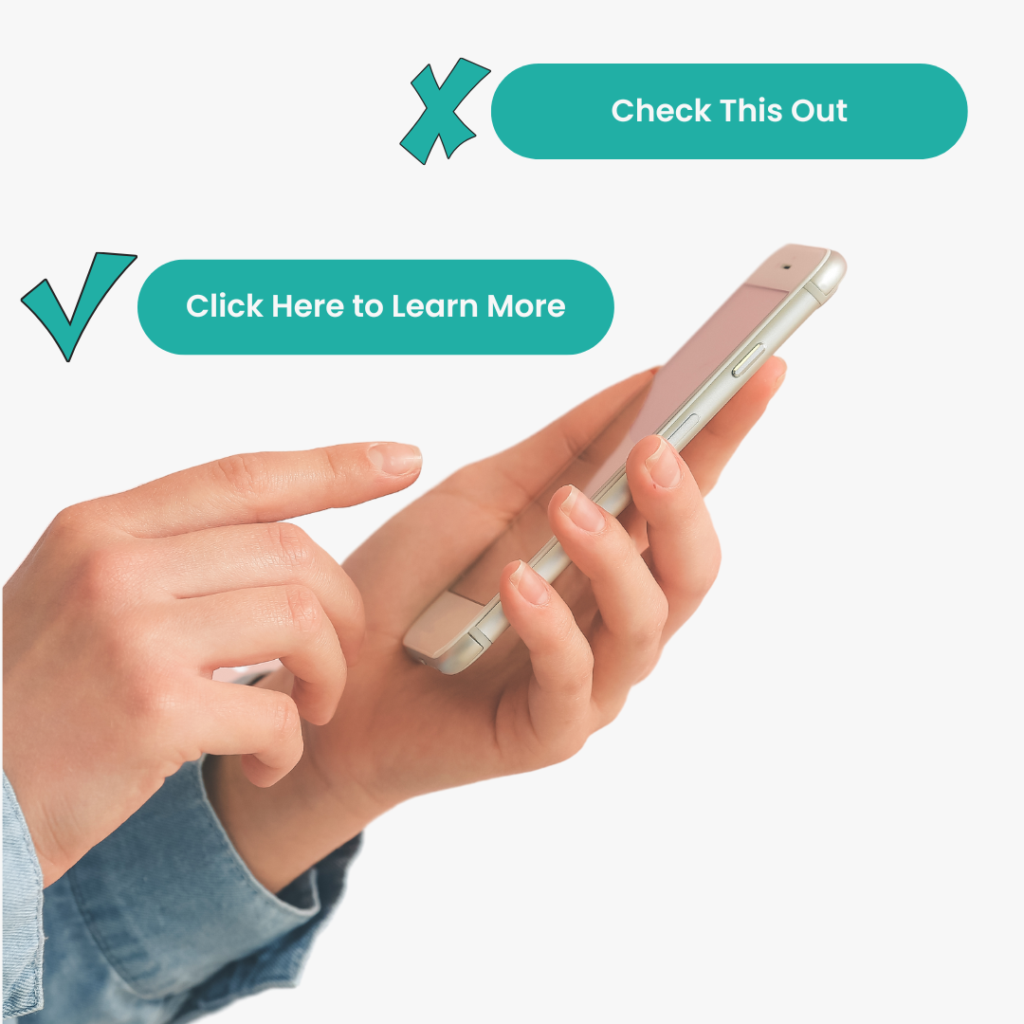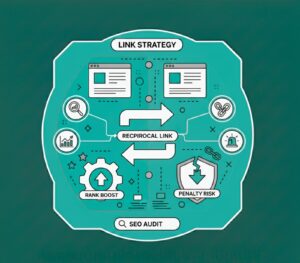Top 10 Tips For Creating Neurodiverse-Friendly Social Media Content
Blogs | Social Media
Written By: Yasmin Qureshi
Blogs | Social Media
Written By: Yasmin Qureshi
Introduction
It’s Neurodiversity Celebration Week, a time to recognise the strengths and talents of neurodiverse individuals and embrace different ways of learning and thinking. It’s also the perfect time to ensure your brand’s social media content is truly inclusive.
To ensure your brand’s social media content is accessible to everyone, including neurodiverse individuals, we’re sharing our top 10 tips for creating neurodiverse-friendly social media content. These tips will ensure your brand is more engaging, user-friendly, and inclusive.

What Is Neurodiversity?
Neurodiversity refers to the natural differences in how human brains function and process information. It recognises that people experience and interact with the world in unique ways. Simply put, everyone’s brain works differently—we all think, learn, and perceive the world in our own way, including those with autism, ADHD, or dyslexia. Rather than seeing these differences as deficits, neurodiversity emphasises inclusion, accessibility, and the value of diverse ways of thinking and learning.
Neurodiversity Celebration Week was founded in 2018 by Siena Castellon, who is dedicated to changing the narrative around neurodiversity. Her mission is to create a more balanced perspective that highlights not just the challenges but also the talents and strengths of neurodiverse individuals. Reflecting on her own experience as a neurodiverse teenager, she found that the focus was often on difficulties rather than the unique abilities neurodiverse people bring to the world.
Why Embracing Neurodiversity in Your Marketing Strategy Matters
Adopting a neurodiverse-inclusive approach in your content strategy is a smart business move. By making your brand more accessible to neurodiverse individuals, you can expand your audience, increase engagement, and reach more potential customers.
Beyond growth, inclusive content enhances user experience, making it easier to navigate, understand, and interact with your brand. It also strengthens your brand reputation and trust, showing your commitment to diversity, inclusion, and accessibility.
In short, a neurodiverse-friendly approach helps you create more meaningful connections, drive engagement, and build a band that resonates with all audiences.
Now, lets get into our top 10 tips for creating neurodiverse-friendly social media content.

1. Build Empathy for Neurodiverse Minds
Empathy is the ability to understand and share someone else’s feelings by seeing the world from their perspective. To genuinely connect with your audience and shape your brand to meet their needs, it’s crucial to develop a deeper understanding of neurodiversity and how neurodiverse individuals experience the world.
Start by conducting your own research. Resources like Sensory Friendly Solutions and Neurodiversity Hub provide valuable insights into the unique experiences of neurodiverse individuals. Gaining this knowledge will help you make informed decisions about creating more inclusive, accessible, and engaging content.
2. Use Clear and Simple Language
Make your content easy to understand and reduce confusion for neurodiverse individuals by using clear, simple language.
Choose straightforward explanations, keeping your sentences concise and direct to make your content accessible for everyone, including those with cognitive differences.
Avoid jargon, complex sentences, or overly abstract concepts that may make your content harder to understand.

3. Structure Content for Neurodiverse-Friendly Reading
When creating content for neurodiverse audience, clarity and structure are essential. Many neurodivergent individuals benefit from content that is well-organised and easy to navigate.
Break up large blocks of text into short paragraphs to make reading less overwhelming. Use bullet points or numbered lists to present key information concisely. Clear, descriptive headings help readers quickly locate relevant sections and understand the content at a glance.
Logical organisation is crucial—present information in a step-by-step format or group related topics together to support cognitive processing. Additionally, consider using bold text to emphasise important points, and ensure there is ample space to reduce clutter.
By structuring your content with neurodiverse needs in mind, you create a more inclusive and accessible experience that allows all users to engage with your content comfortably.
4. Design Matters, Choose readable Fonts and Colours
Bright, clashing colours and rapidly changing or flashing visuals can be overwhelming for neurodiverse individuals. A neurodiverse-friendly approach incorporates clear, readable fonts like Ariel and Poppins, and the use of contrasting colours between text and background for better readability.
The Neurodiverse Design System is a great resource to learn about design and user experience for neurodiverse people.

5. Provide Alternative Formats
To make your content as accessible as possible, offer alternative formats to accommodate different needs.
For example, alt text on images allows screen readers to describe visuals for users with visual impairments. Captions on videos help those with auditory processing differences. Finally, providing audio versions of text-based content ensures accessibility for individuals who may struggle with reading.
6. Avoid Information Overload
Neurodiverse individuals may find it challenging to process large amounts of information at once, leading to cognitive overload. When overwhelmed, the brain struggles to absorb and retain details, often resulting in stress and anxiety.
To create neurodiverse-friendly social media content, focus on one topic at a time. Present information in clear, manageable segments, ensuring your audience isn’t bombarded with too much at once. Spacing out content allows for better comprehension and engagement.

7. Be Mindful of Sensory Sensitivites
Sensory sensitivity occurs when individuals experience intense sensory input, which can lead to discomfort, anxiety, or physical reactions in overwhelming environments—this applies to online content too.
To create a more inclusive experience, avoid auto-play videos and flashing GIFs, as they can be overstimulating. If your content includes loud noises or bright, fast-moving visuals, consider adding a clear warning so viewers can prepare or opt out. This thoughtful approach helps ensure your content remains accessible and comfortable for all audiences.
8. Make CTAs Clear and Direct
Earlier, we emphasised the importance of clear and simple language. The same principle applies to your call-to-action (CTAs). Ensure they are concise, direct, and easy to understand.
Instead of vague phrases like “Check this out”, opt for specific instructions such as “Click here to learn more.” This leaves no room for confusion and guides users towards the intended action.
Additionally, consider the placement of your CTAs. Position them prominently within your content and website layout to ensure they are easy to find and interact with. A well-placed, clearly worded CTA can significantly improve user engagement.

9. Use Inclusive Imagery and Representation
One of the most effective ways to demonstrate that your business is neurodiverse-friendly is to visibly reflect it in your branding. Feature diverse individuals in your visuals, including neurodivergent people, and ensure representation is authentic and positive.
Avoid stereotypes, and instead, highlight the unique strengths and contributions of neurodiverse individuals in a meaningful way. Show real stories, experiences, and successes that celebrate neurodiversity rather than reducing it to a single narrative.
By embedding neurodiverse representation into your branding, you create a more welcoming and inclusive environment, fostering stronger connections with a wider audience.
10. Ask for Feedback and Keep Improving
To create truly inclusive content, actively seek feedback from neurodiverse individuals to better understand their experiences and needs. Regularly test and refine your content to ensure it remains accessible, engaging, and accommodating for all users.
By continuously learning and improving, your brand can foster a more inclusive digital space that supports and empowers neurodiverse audiences.

Conclusion
By implementing our top 10 tips for creating neurodiverse-friendly social media content, your brand will be better positioned to reach and engage a wider audience. The key takeaway is to prioritise clarity, simplicity, and accessibility. Keep your messaging straightforward and concise while ensuring your content does not trigger sensory sensitivities.
Design and layout also play a crucial role. Opt for soft, non-overwhelming colours, avoid excessive visual clutter, and structure your content in a way that is easy to navigate. Thoughtful, inclusive design choices will help create a more comfortable and engaging experience for neurodiverse individuals.
By embracing these best practices, your are not only fostering inclusivity but also strengthening your connection with all audiences. A neurodiverse—friendly approach ensures that everyone—regardless of how they process information-can fully engage with and enjoy your content.
Want some more?
Latest Insights & News

Revolutionising Marketing: The Rise of Situational Content Strategies
Situational content strategies involve tailoring content to specific moments, contexts, or audience behaviours. By aligning content with real-time trends, seasonal needs, and user intent, brands can increase relevance, improve engagement, and strengthen SEO performance.

Smart Ways to Identify and Fill Content Gaps Fast: A Complete Strategy Guide
Content gaps refer to missing information, unanswered questions, or underserved topics in your existing content. Identifying these gaps helps you create targeted, high-value pages that improve search visibility, satisfy user intent, and outperform competitors.

Reciprocal Links in SEO: Do They Still Boost Rankings or Risk Penalties?
For the keyword “reciprocal links SEO,” focus on explaining how reciprocal linking works today. Reciprocal links are not harmful by default, but Google can flag excessive or manipulative link exchanges. To stay safe, only exchange links when they are contextually relevant, natural, and valuable to users.




